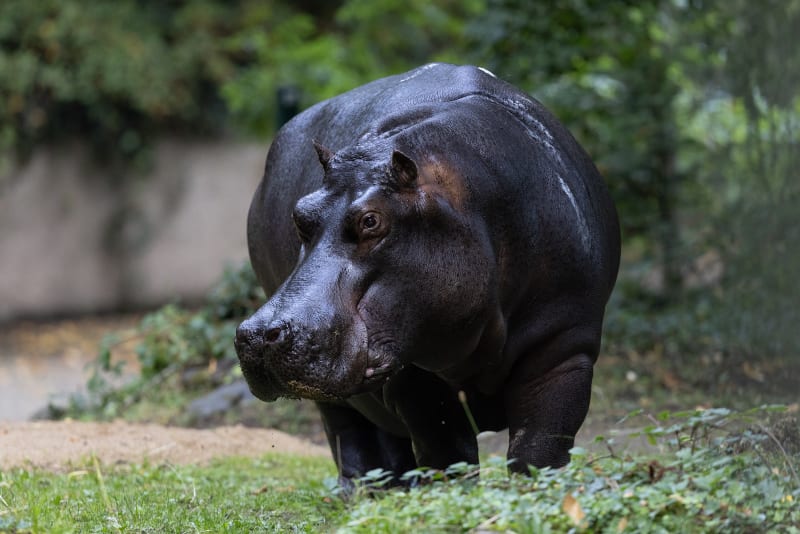The topic of internet safety is never out of the news for long. It seems like every new app or social media trend comes with a safety warning about the potential for sexual exploitation of teens and children.
But despite apps like Yellow or Music.ly posing a risk for paedophiles contacting teens and children, the majority of sexually coercive behaviour comes from other teenagers, and often in the form of sexting.
Sexting is defined as the ‘exchange of sexual messages or images’ and ‘the creating, sharing and forwarding of sexually suggestive nude or nearly nude images’ through mobile phones and/or the internet. Because of the wide reach these photos of messages could potentially have, it gives rise to widespread public and policy concern over ‘risks’ and dangers posed to young people.
When it comes to talking to your teens or children, many parents can be at a loss. For starters, forget the ‘stranger danger’ myths. Studies show that most sexting and sexual bullying comes from a teengaer’s peers. All those e-campaigns have been effective in reducing the risk from online strangers.
Findings from the NSPCC in the UK show that the issue can come from a network of teens. It also showed that this isn’t a gender-neutral issue. Girls are more likely to be humiliated by sexting. Boys are admired and ‘rated’ for collecting nude photos, while girls are denigrated and ‘slut-shamed’.
Teens feel pressured to sext because their peers are doing it and encouraging them to partake. Or they feel they will get commitment from a guy or girl they like if they send them the requested photo. Some might be simple exploring their sexuality.
But how widespread is sexting?
Whether parents like it or not, sexting is prevalent and seen as a social norm. Caroline O’Sullivan of the ISPCC warned this February that sexting is seen as a natural way for teens to explore their sexuality.
The Anti-Bullying Centre Conference stated in June that Ireland has one of the highest rates of sexting, coming fourth in the EU. 4.4 per cent of boys and 1.6 per cent of girls aged 11-16 admitted to engaging in sexting. A survey of pupils from 300 Irish secondary schools showed sexting was most frequent among 14- to 17-year-olds, with more than one in four saying they had sent such messages.
In their 2012 qualitative study on sexting, the NSPCC said: “Parents should develop an explicit discourse that recognises, critiques and redresses the sexual pressures faced by young people.”
In other words, talk to your teenagers about sexting and sexually coercive behaviour, even if it’s uncomfortable.
MummyPages listened to the advice of two Irish parenting experts for their views on the ‘sexting conversation’.
Evan Mangan is a dad to three tech-savvy sons, and founder of digitalparenting.ie.
He acknowledges that this is a ‘difficult topic’, and suggests taking an open and honest approach with your children. Mangan suggests opening the conversation by asking if they’re aware of sexting. He says: “Ask them about their attitude to sexting. Follow up by asking them what they think happens to photos".
Mangan says it’s worth telling them what can go wrong if photos are shared without their consent or knowledge, or if they become victims of revenge porn: “Illustrate with examples. It’s important that they consider the consequences. There’s no way to 100 percent stop them from sexting, but it’s worth giving them examples of what can go wrong.”
While it can be easy for teenagers to lie about whether they do, and you can’t stop them from partaking 100 percent; you can empower and inform your teens.
Like Mangan, Sheila O’Malley of practicalparenting.ie says parents should be willing to listen to teens.
She suggests gauging their response when asked what they think of sexting. Sheila says that it’s important to remember that sexting is an embarrassing topic of conversation between teens and their parents: “It’s important to assure them that they can go to you if they’re feeling pressured, or something happens. Listen, be open and allow them to engage."
Think before you send
Sheila has covered the topic of cyberbullying and internet use amongst teens in her advice videos. Like the NSPCC, she says the same rules apply to sexting as in cyberbullying, and posting anything else online.
She suggests giving your teens the following advice
-
Be aware of the consequences of online activity. Once it’s out there, you cannot get it back.
-
Tell them to use PINs and passwords on devices.
-
Logout of Facebook and other social media accounts when they’re finished using a laptop or computer. That way, nobody can look through their messages or post inappropriate content on their behalf.
-
When being harassed by someone online do the following: stop talking to them; tell somebody, block them and report the abuse. Take screenshots of the messages if possible.
For teenagers, the pressure to engage in sexually explicit conversation or send nudes is the last thing they will want to discuss with their parents. Admitting that they’ve been the victim of revenge porn is even harder.
Sheila says: “The relationship with your child is number one. You have to show unconditional love, because the judgemental approach won’t work.”
Evan Mangan also says to avoid a policing approach, but suggests the following steps to take when filtering adult content from devices in general.
As a parent, there are things you can do to block access to inappropriate content in the home:
Restrict access on the home broadband network
-
Install a content filter (porn filter) which will cover every internet device in your home including PC, laptop, tablet, mobile, ipod, DSi, Xbox.
-
Then set up “safe search” on Google and Bing to prevent adult search results, especially adult image search results.
-
Set up “safe search” on YouTube.
Have a Family Technology Agreement - set rules about internet access in the home
-
The laptop, PC and tablet need to be used in main areas of the house where you can keep an eye on what is being viewed.
-
No tablets or mobile phones are allowed in the bedroom when your child goes to bed.
Restrict access on the mobile device
-
Set up restrictions on Apple devices.
-
Set up restrictions on Android devices.
-
Install parental controls on your child’s android phone.
-
Block adult search results in Google on your child’s mobile.
Apps are harder to control. Be aware that your child can still access explicit content on:
-
Social networks such as Twitter and Tumblr: They can follow accounts that are circulating porn, and it then comes into their news feed. Therefore, you should consider whether you want your child to access those apps on their smartphone; and if not, you can restrict access to those apps.
-
Messaging apps such as Snapchat, Instagram Direct Message, Vine Direct Message: It is almost impossible to stop your child receiving messages from friends which contain images and videos, but it is advisable that you have a good understanding of how these apps work.
Most importantly, parents should make an effort to keep up with these apps and understand how they work.











